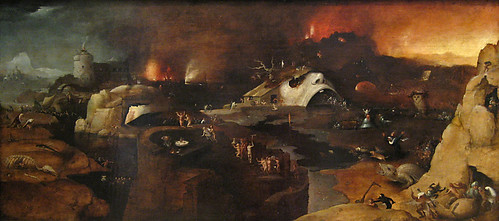| Salvator Mundi Leonardo da Vinci, rediscovered, retored 2012 |
+ + +
To William,
Thank you for the Holy Week greetings.
Thank you for the Holy Week greetings.
And now we celebrate the Resurrection.
You rejoice in the glorious Salvator Mundi image by da Vinci rediscovered.
Your account of the art event is described so exciting and alive.
Wishing you the joy of the Risen Lord.
“I am the Alpha and the Omega,
the Beginning and the Ens.
Revelation 21:6.
the Beginning and the Ens.
Revelation 21:6.
Yours ...
Donald
--- Forwarded Message -----
From: William Wardle ...
Sent: Thursday, 29 March 2012, 17:13
Subject: Holy Week greetings mailed
From: William Wardle ...
Sent: Thursday, 29 March 2012, 17:13
Subject: Holy Week greetings mailed
Dear Fathers,
I have today posted my Easter cards to you and all the Brethren to unite with you all at the start of Holy Week, but I thought I would write (always afraid that the post might be delayed) to send the photo 'image' [which fascinates me] that I have used on the cards I made, in case you might like to have an 'onine copy' for enlargement or for sharing on the Blog. A significant factor in my choice of this painting for the card was that it will not be illustrated in the books in your library, and thus I am able to present an image for your interest that you might perhaps otherwise not have the opportunity to consider? When I had the photos printed, the lady hesitated for a very long time with the prints in her hand:"It makes my spine tingle", was all she managed to say as she handed them to me. I gave her one of the prints, and left her speechless.
It is entitled Salvator Mundi and is the recently discovered work of Leonardo da Vinci that was lost and only rediscovered and restored in 2011. In France, Leonardo da Vinci painted the subject, Jesus Christ, for Louis XII of France between 1506 and 1513. The recently authenticated work was once owned by King Charles I and recorded in his art collection in 1649 before being auctioned by the son of the Duke of Buckingham in 1763. It next appeared in 1900, damaged from previous restoration attempts and its authorship unclear, when it was purchased by a British collector, Sir Frederick Cook. Cook's descendants sold it at auction in 1958 for £45. The painting was rediscovered, acquired by an American consortium of art dealers in 2005, and authenticated as by Leonardo. It was exhibited by London's National Gallery during 2011. The recent restoration of this picture has revealed many of Leonardo’s characteristic working methods. The hands, which are the best preserved, were readjusted during painting. The face, more damaged, was built up with numerous fine layers of paint. Christ holds a rock crystal orb, which represents the universe. In Leonardo’s day rock crystal (a clear quartz) was considered a miraculous material and no modern tools could shape it, let alone fashion it into a perfect geometric solid.
I would just remark that I too am drawn to the apophatic approach to theology, but I do delight in iconography, and this painting seems to me to be very like to an icon? It is on the Son of Man that my thoughts focus when looking at this image, and then rise up through the iconography present in the painting, through his role as the Son of God to his transformed existence where my thoughts lose themselves. Perhaps this is the journey I relate in my 'jotting' for this holy season...
I attach a copy of my Holy Week / Easter 'jotting' (no one might imagine the emotional and spiritual cost to me of this poem which haunted me from its conception and tore at me until I could ‘adequately’ give it expression). It was whilst I was endeavouring to assure my understanding of the meaning to me of the word ‘ground’, initially from Eckhart’s use of the word, that I alighted on the Spiritual Canticle of St. John of the Cross on the internet (http://www.catecheticsonline.com/Spirituality.php), which I had never previously ‘explored’. His commentary on the first stanza particularly captivated me and enlightened my thoughts in the first verse of my reflection. I quote from his work in the footnote.
I pray for you all as I unite with 'the brothers from whom I am absent' at every Office, and will be doing so especially during Holy Week, and into your Easter celebrations. Health being sufficient, both for Edith (who has had a rough patch recently) and myself, I very much hope to be writing during May to ask if I may come to stay in June.
With my especial greetings as this holy season opens,
with my love in Our Lord,
William



